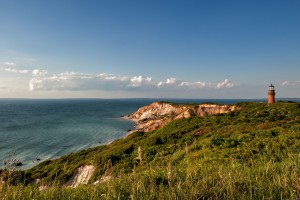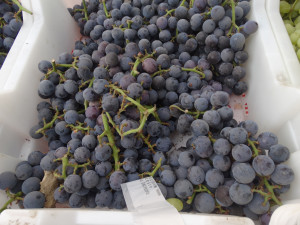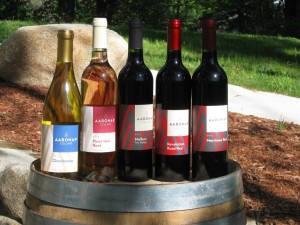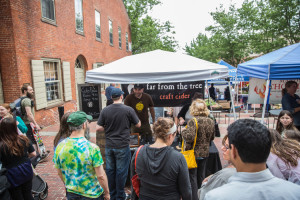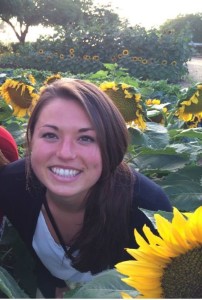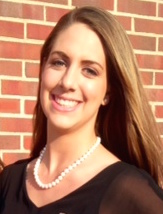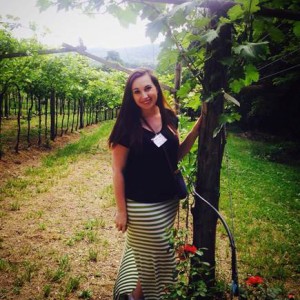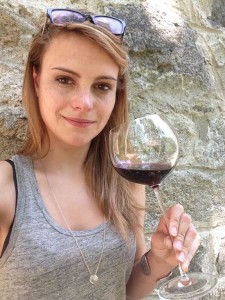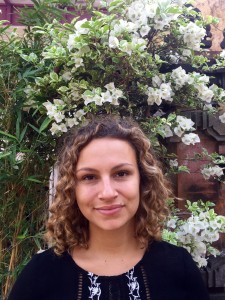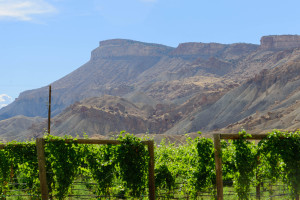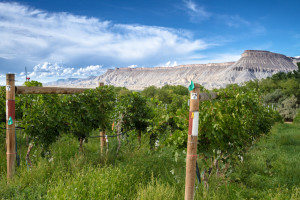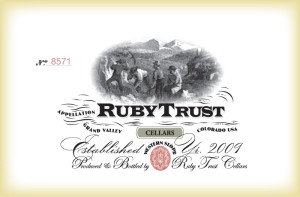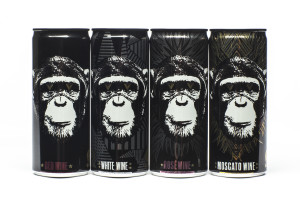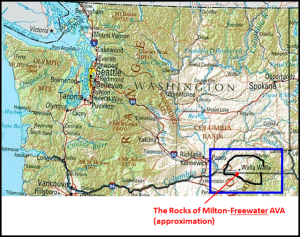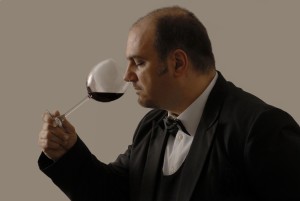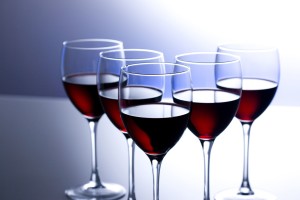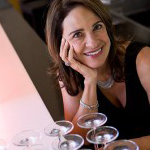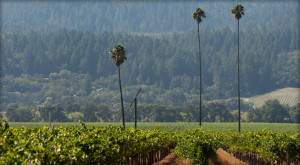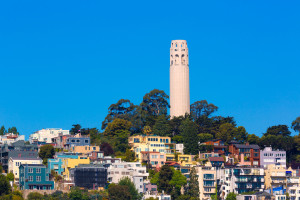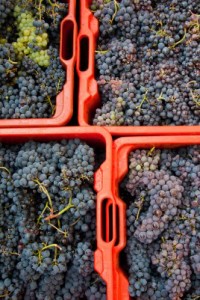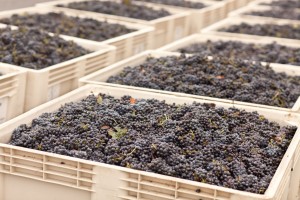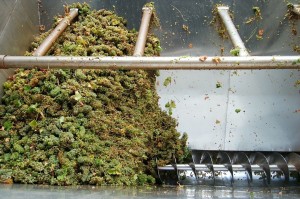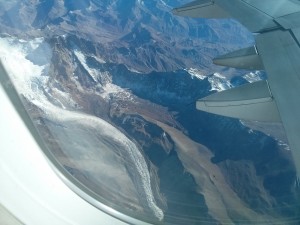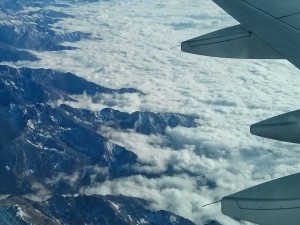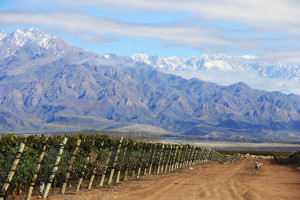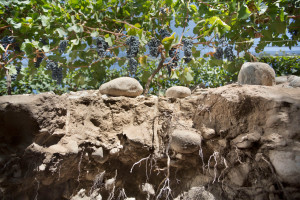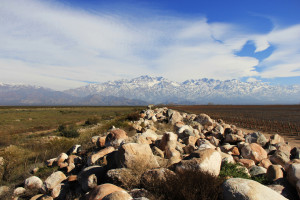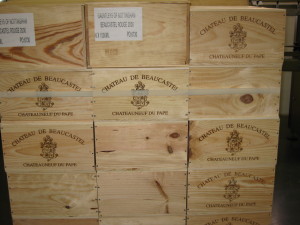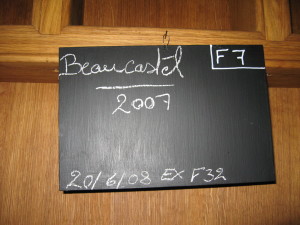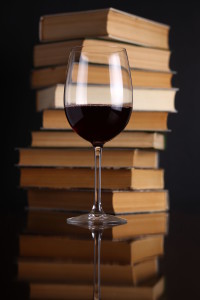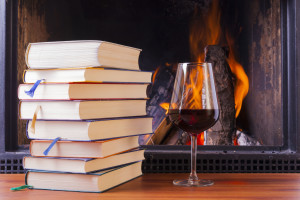Today we have a guest post from Brenda Audino, CWE about what she’s been up to in Massachusetts!
What does a Napa wine professional do during a stay in Boston? Attend a wine festival of course! This may be the opposite coast of the United States in terms of wine, but wine is produced in all 50 states -and Massachusetts is definitely in the game.
Before attend the festival, let’s look at a little primer on Massachusetts wine industry….
Recognition of the Massachusetts wine industry started in 1614 when the Dutch explorer Adriaen Block noticed wild grapes growing on an island off the Massachusetts coast. He then named the island “Martha’s Vineyard” in honor of his daughter Martha.
History similar to this shows that wild grapes grew all over Massachusetts, but it took Ephraim Wales Bull of Concord, Massachusetts (near Boston) to develop the Concord grape in 1849. He named the grape in honor of his home town. The Concord grape is an American Vitis abrusca grape with pronounced fruity flavor and dark thick skin. It is leading table grape variety in the United States, popular as refreshing juice, and makes the perfect jelly to go with peanut butter.
Unfortunately for wine production, the Concord grape is not as sweet as Vitis vinifera; plus it is very high in acid and has a “foxy” aroma. In order to make a wine with enough alcohol to be stable, sugar (in the form of chapatalization) generally has to be added. After fermentation, Concord-based wine is usually finished with some degree of residual sugar to balance the acidity and try to mask the “Foxy” aromas.
Today, Massachusetts’s still grows Vitis labrusca, but the area is also having success with Vitis vinifera and French hybrids. Winemakers are busy handcrafting wines from grapes, fruit, berries, honey and flowers in a myriad of styles.
There are two specific American Viticulture Areas (AVAs) that call Massachusetts home; Martha’s Vineyard AVA and the Southeastern New England AVA (shared with Connecticut and Rhode Island).
The Martha’s Vineyard AVA includes all the land on the islands of Martha’s Vineyard and Chappaquiddick. This AVA was established in 1985, but not without quite a bit of controversy. Owners of a famous vineyard with the same name in California felt it could dilute their brand. Federal regulators ruled in favor of the AVA stating historic evidence that viticulture was practiced going back as far as 1602. The maritime location of these islands helps create a slightly warmer climate than nearby coastal regions and the growing season is almost three weeks longer.
The Southeastern New England AVA was created in 1984 to include the coastal areas of Massachusetts, Connecticut and Rhode Island. This AVA is heavily influenced by the Atlantic that helps to moderate the temperatures of the vineyards.
Most vintners in both areas have the best success with cold-climate vitis vinifera and French hybrid grape varieties. The most common grape varieties include:
- Vitis vinifera: Chardonnay, Pinot Noir, Riesling, Gewurztraminer, Pinot Blanc and Pinot Gris
- Hybrids: Vidal Blanc and Cayuga
Enough background, now to the tasting at “Crush Wine Festival”…
Crush Wine Festival
This festival was held in large tents at the Marshfield Fairgrounds near Boston. There were 17 wineries present out of the 25 total wineries in Massachusetts according to the Massachusetts Farm Winery and Growers Association.
The selection of wineries exhibited a good representation of wines using local vinfera and hybrid grapes, imported grapes (mostly from California, Chile and Washington State), fruit, berries, honey and even maple syrup. Most of these wineries were very small, family owned operations. One of the larger winery still only produced 300 cases per year!
I spent a lovely afternoon tasting wines, talking with the winemakers and enjoying the Massachusetts weather. By the end of the day I had a new appreciation to the wines these family owned wineries were producing.
Here is my un-official “Best of” at the festival.
Best Local Vitis Vinifera Grape Wine: Aaronap Revolution Road Red – This is a blend of Merlot and Cabernet Franc grown in Southeastern New England AVA. Aromas of black cherries, raspberries and forest floor. Classic Bordeaux style wine in both aroma and flavor.
Best Local Hybrid Grape Wine: Mineral Hills Winery Seyval Blanc – A semi-dry crisp wine with aromas of lemon and melon. French Hybrid grapes (reds – Frontenac, Chamborcin, Whites – Cayuga, Seyval Blanc) are grown on their Goddard’s Red Hen Farm along with apples and berries. They also make their own Mead!
Best Fruit or Berry Wine: Raven Hollow Winery Strawberry Rhubarb – Grown entirely on their own farm, this semi-sweet blush wine bursts with strawberry flavors and yet has crisp acidity. Great chilled on a hot New England afternoon.
Best (only) Mead: 1634 Meadery – Hard to believe that this meadery has only been open for 12 weeks. Dan Clapp, head Meadmaker, was an avid brewer and sometimes winemaker. While on vacation in Denmark he brought back a bottle of Mead for his wife. After several years of sitting on the shelf they finally opened it and were hooked. He has been experimenting with Mead ever since. Puritan Pride Mead is made with local wildflower honey, fermented dry and aged in American Oak.
Best use of Maple Syrup: Aaronap Forest Gold Maple Wine – Vermont maple syrup is diluted to about 50%. Champagne yeast is used for the fermentation. The heady aromas of maple, cinnamon and clove. Would be great over vanilla ice cream!
Best Hard Cider: Far From the Tree Cider – Locally grown apples (no sugar, water or acid added) using techniques from the 1700’s. These ciders are anything but mainstream! The assortment of ciders resemble craft beers pushing the envelope of creativity. Nova is an off-dry hopped cider, Sprig is a dry hopped mint cider, Roots is a dry New England Cider and Rind is a Saison cider with orange and coriander. I loved all of them!
Although even I must admit that Massachusetts can’t compete with Napa in regards to its grape growing climate, the enthusiastic and talented winemakers I met at this festival are doing some great things with what nature gives them. Mass. produced wines add to the many reasons to visit Massachusetts!
Post authored by Brenda Audino, CWE. After a long career as a wine buyer with Twin Liquors in Austin, Texas, Brenda has recently moved to Napa, California (lucky!) where she runs the Spirited Grape wine consultancy business. Brenda is a long-time member of SWE and has attended many conferences – be sure to say “hi” at this year’s conference in NOLA!
Are you interested in being a guest blogger or a guest SWEbinar presenter for SWE? Click here for more information
